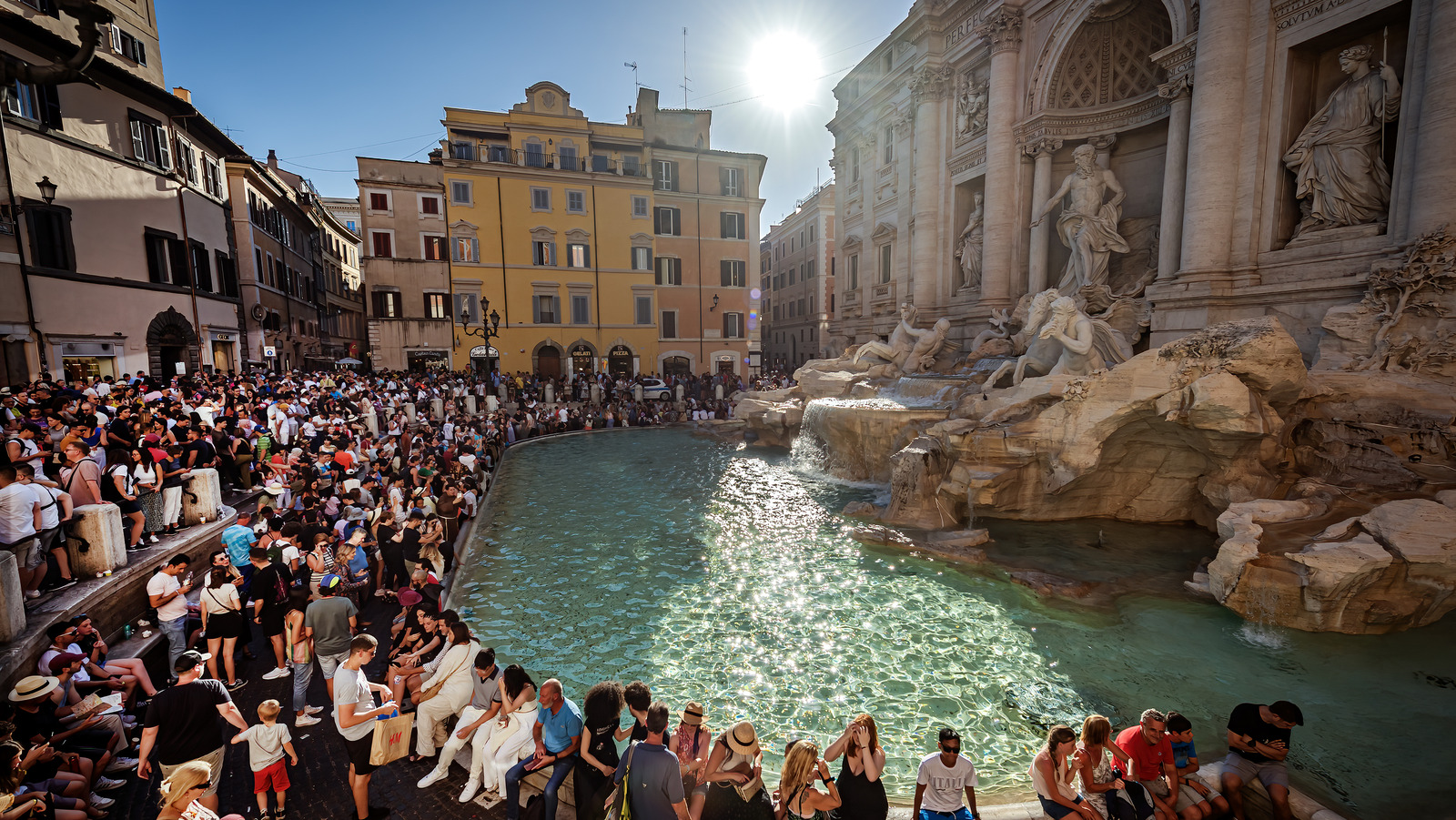Introduction
Ever returned from a trip and realized you spent half your budget on overpriced trinkets, ate bland food, and barely scratched the surface of the local culture? Yeah, that’s the tourist trap effect.
Tourist traps are those overhyped places that look glamorous on brochures but leave you wondering why you bothered. If you’re craving a travel experience that’s real, rich, and unforgettable, this guide is your roadmap to navigating around the fluff and diving straight into authenticity.
Understanding the Tourist Trap Phenomenon
The Psychology Behind Tourist Traps
Tourist traps thrive on convenience and fear of missing out (FOMO). When we land in a new place, we gravitate toward the familiar or the highly reviewed — even when it’s not the best.
Common Characteristics of Tourist Traps
Overpriced Souvenirs
You’ll find $5 magnets sold for $25. Authentic? Not even close.
Aggressive Sales Tactics
Pushy vendors who won’t take no for an answer — classic red flag.
Long Lines and Crowds
If it feels more like a theme park than a cultural experience, it’s probably a trap.
Preparing Before You Travel
Do Deep Research Beyond the First Page of Google
Tourist traps dominate SEO. Dig deeper. Try travel blogs, niche forums, or YouTube vlogs from independent creators.
Use Social Media and Local Forums
Instagram geotags, Reddit threads like r/Travel or r/solotravel, and Facebook expat groups can be goldmines of real info.
Ask Locals on Reddit or Travel Groups
A quick “Hey, any local recommendations?” post often gets you priceless insights.
Staying Outside Tourist Hotspots
Book Accommodations in Local Neighborhoods
Avoid downtown hotels. Go for guesthouses or Airbnb spots in residential districts. You’ll often get better value and real neighborhood vibes.
Use Public Transport Like a Local
Skip the tourist hop-on-hop-off buses. Trains, buses, and shared vans are where the real stories happen.
Walk, Don’t Uber Everywhere
Wander. Discover the unexpected. Side streets hold the best surprises.
Eating Like a Local
Avoid Menus with Pictures and English-Only Translations
These usually scream “we cater to tourists.” Try spots with handwritten menus or crowded with locals.
Eat Where Locals Eat
If it’s packed with locals, it’s probably good. Ask your host, a cab driver, or a bartender for recommendations.
Visit Local Markets and Street Food Stalls
Cheap, fresh, and oh-so-authentic. Plus, you get to see what people actually eat every day.
Exploring Authentic Attractions
Visit Local Parks, Museums, and Cultural Spots
Every city has lesser-known gems. Go beyond the usual Instagram spots.
Attend Local Events and Festivals
Nothing brings you closer to the culture than celebrating like a local.
Take Alternative City Tours
Look for walking tours hosted by locals, not big tour companies. You’ll hear stories you won’t find in guidebooks.
Learning Basic Local Phrases
How It Builds Rapport
Even a simple “hello” or “thank you” in the native language goes a long way. It shows respect.
Apps That Can Help
Duolingo, Google Translate, and Memrise can give you the basics fast.
The Role of Local Guides and Experiences
How to Find Authentic Local Guides
Skip the big-name companies. Go for people offering personal, small-group experiences.
Using Platforms Like Airbnb Experiences, GetYourGuide
These often feature locals offering cooking classes, city walks, and even fishing trips in their backyard.
Avoiding Common Tourist Scams
Overfriendly Locals Offering Help
Too much enthusiasm from strangers might be a setup. Be cautious.
Fake Tickets, Overcharging, and More
Always book through official channels or double-check prices online first.
Supporting Local Businesses
Shop at Artisan Markets
Handmade, unique, and your money goes directly to the maker.
Skip the Souvenir Megastores
They’re overpriced, and most items aren’t even made locally.
Embrace the Local Pace and Lifestyle
Observe, Don’t Rush
Slow down. Watch how locals live. It’s the best way to learn.
Follow Local Customs and Etiquette
Whether it’s taking your shoes off indoors or eating with your hands, lean in respectfully.
The Power of Saying No
Being Assertive Without Being Rude
A firm “no, thank you” with a smile works wonders. You don’t have to buy or participate just because someone insists.
Travel Insurance and Safety Tips
How Insurance Helps When You Get Scammed
A good policy can save your trip if you lose valuables or get tricked.
Emergency Numbers and Local Authorities
Save them in your phone. Just in case. You hope you won’t need them, but better safe than sorry.
Conclusion
Avoiding tourist traps isn’t about skipping the big sites altogether — it’s about experiencing them with a deeper, more meaningful perspective. With the right mindset, a bit of prep, and a willingness to go off the beaten path, you can truly travel like a local and bring home stories that no souvenir can ever replace.
FAQs
Q1: What are the best apps to avoid tourist traps?
Apps like Spotted by Locals, Google Maps with local reviews, and Reddit can help you dodge overpriced places.
Q2: How do I know if a restaurant is a tourist trap?
If the menu has pictures, is in five languages, and is next to a famous landmark — run.
Q3: Should I always avoid popular tourist sites?
Not necessarily. Just visit them during off-peak hours and balance them with hidden gems.
Q4: Is it safe to travel completely off the beaten path?
Generally yes, but always do your research, stay connected, and let someone know your plans.
Q5: What’s the biggest mistake tourists make?
Not stepping out of the tourist bubble. The real magic lies just a few blocks away.
Read More article About Travel
